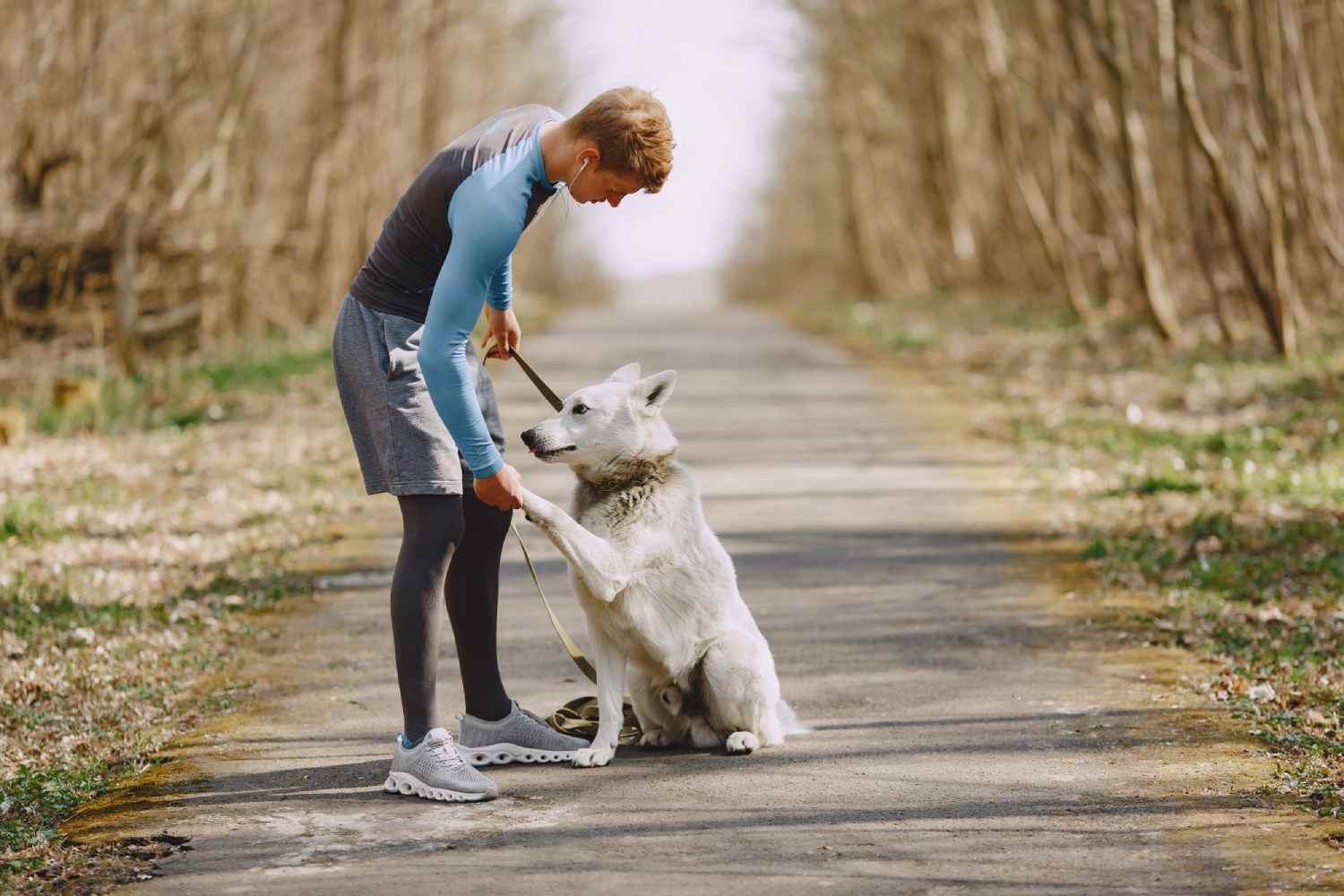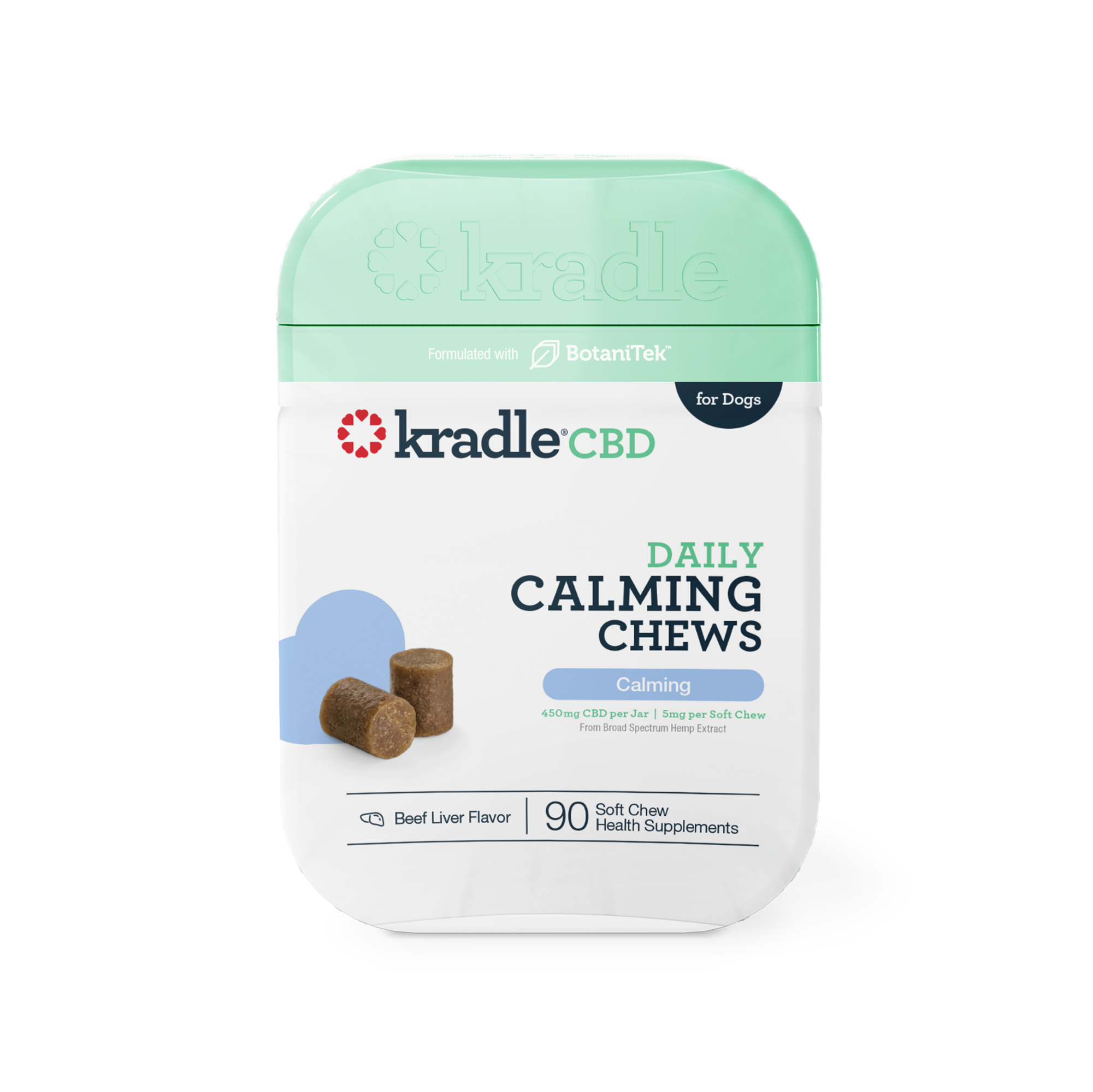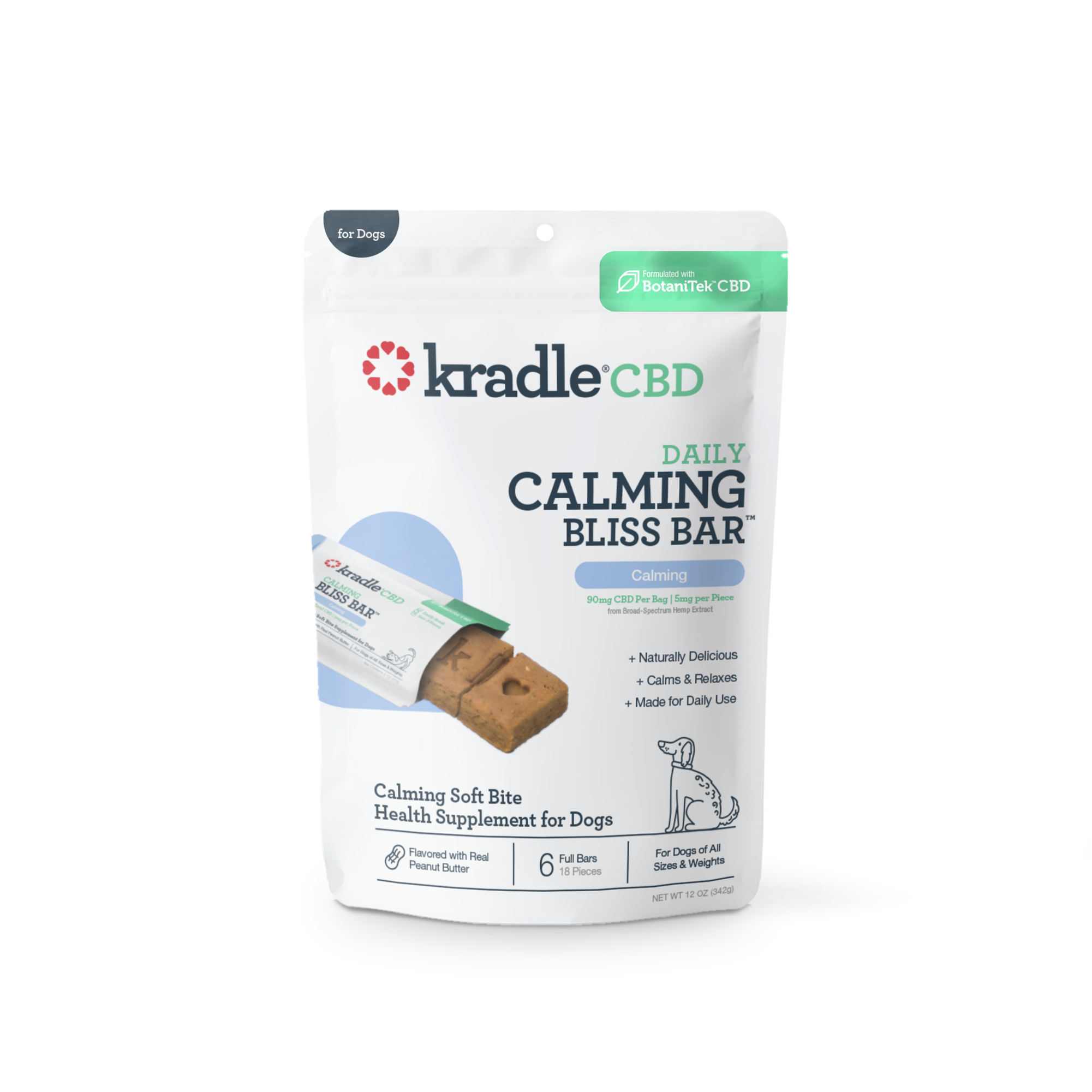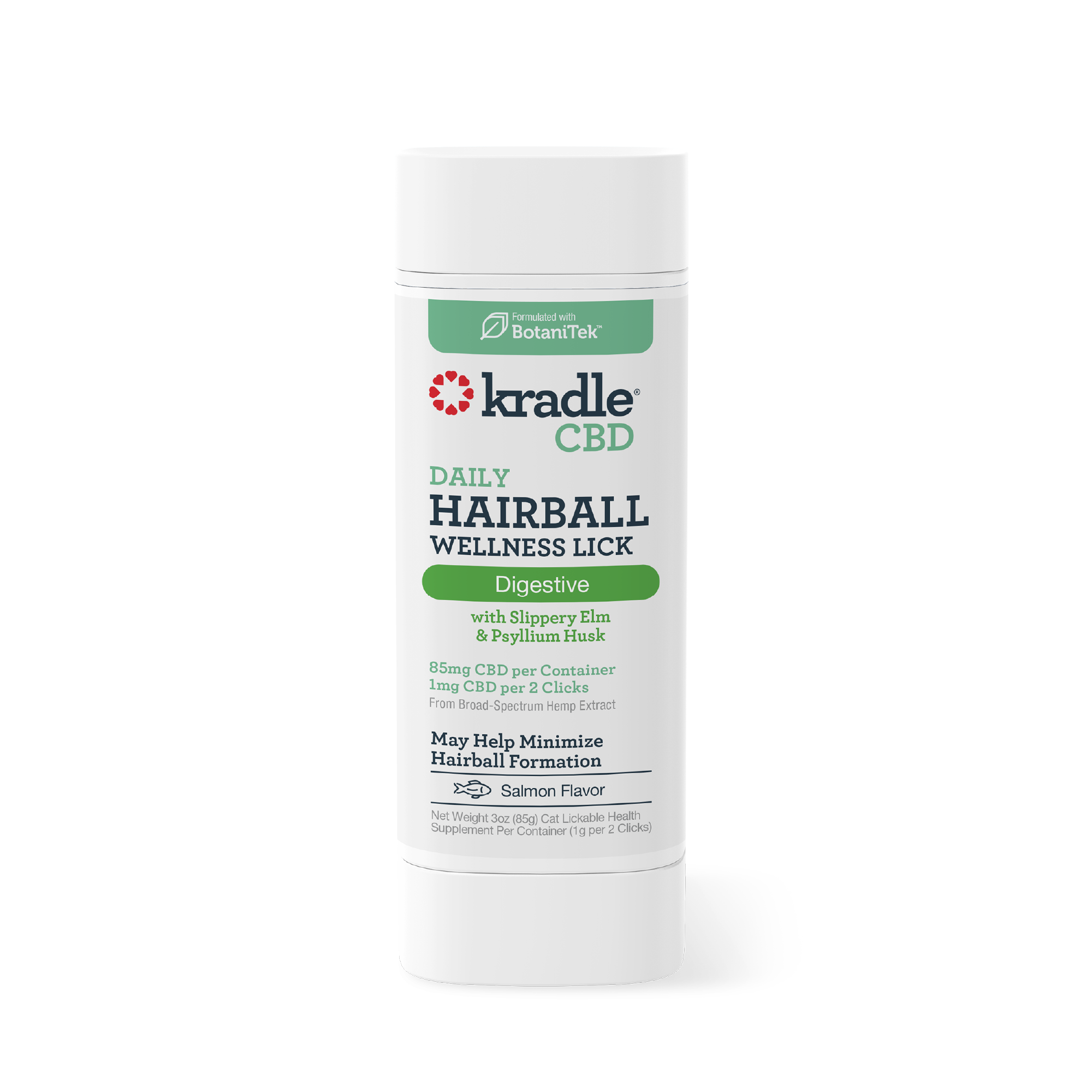
Signs of Joint Pain in Dogs: Early Indicators & What to Know
Dogs stand by us through tough days, waiting at the door, leaning against our legs, or curling up quietly next to use. Yet even the happiest dog may hide pain, and dog joint pain is one of those silent struggles. They might still chase a ball while joints ache, masking discomfort with wagging tails. Since dogs cannot speak, movement tells their story. Pausing at stairs, slowing after rest, or avoiding play may signal more than age. Subtle signs like limping, stiffness, slipping, irritability, or weight gain matter. That is why joint care for dogs is vital. This guide will help you understand signs, causes, and steps to support your dog’s joints.
What Counts as Joint Pain in Dogs?
 Dog joint pain is soreness in the hips, elbows, knees, shoulders, or spine. It may come from swelling, poor growth, or slow wearing down. It might start light, then grow worse when ignored, leading to bigger joint problems in dogs.
Dog joint pain is soreness in the hips, elbows, knees, shoulders, or spine. It may come from swelling, poor growth, or slow wearing down. It might start light, then grow worse when ignored, leading to bigger joint problems in dogs.
Joint Pain vs. Joint Disease
Pain and disease are distinct entities. Dog joint pain is the ache, while hip dysplasia or osteoarthritis genetic diseases. Disease can cause pain, though injury on its own can too. Knowing the difference between pain and disease will help you provide proper care.
Joint Pain vs. Fatigue
A healthy pup may return from a long walk exhausted, yet rest brings their energy back. When stiffness, limping, or hesitation remain, that is pain, not tiredness. Many owners confuse the two, waiting too long for care. What seems like your pup being tired or lazy can really be a quiet call for help.
Acute vs. Chronic Joint Pain
Acute pain arrives quickly, like after a slipping or falling while playing. Chronic pain creeps slowly, often caused by arthritis or inherited issues, wearing joints down over time.
Why Identification Matters
Ignoring stiffness may lead to worse joint problems in dogs that block movement and shorten their health. Pain cuts activity, adding weight that strains sore joints further. Spotting early signs of knee problems in dogs can add years of play. It may decide if a dog still runs at ten or struggles at a younger age. Small changes noticed early mean better chances for lasting health.
Causes of Joint Pain in Dogs
Any breed can suffer, but older and larger dogs are at higher risk. Causes fall into groups:
Developmental Joint Issues
-
Hip Dysplasia – Common in German Shepherds, Labradors, and Great Danes, loose hip joints steadily cause chronic pain.
-
Elbow Dysplasia – Large breeds like Golden Retrievers can limp in their front legs due to malformed elbow joints.
-
Osteochondritis Dissecans – Fast-growing dogs may form weak cartilage, leading to painful movement and lameness during growth stages.
-
Patellar Luxation – Small breeds like Yorkies or Pomeranians hop or skip when kneecaps slip painfully out of place.
Degenerative Joint Issues
-
Osteoarthritis (Degenerative Joint Disease) – Cartilage wears down with age, leaving stiff, painful joints and reduced movement in affected dogs.
-
Cranial Cruciate Ligament (CCL) Tear – Similar to ACL injuries in humans, this painful condition usually requires surgery for recovery.
-
Intervertebral Disc Disease (IVDD) – Long-backed breeds experience spinal disc problems, causing nerve pain and reduced mobility over time.
-
Chronic Inflammation – Old injuries or repetitive stress gradually break down joint tissues, creating ongoing discomfort and mobility problems.
Traumatic Joint Issues
-
Fractures – Bone fractures involving joints can leave lasting stiffness, discomfort, and reduced flexibility throughout the dog’s life.
-
Dislocations or Subluxations – Joints pushed out of place cause severe pain, reduced mobility, and long-term instability without treatment.
-
Soft Tissue Injuries – Stretched or torn ligaments and tendons mimic joint problems, producing aches, stiffness, and painful mobility.
Infectious Joint Issues
-
Septic Arthritis – Bacteria from wounds or surgery infect joints, leading to painful swelling and reduced mobility if untreated.
-
Lyme Disease – Tick-borne infection brings shifting joint pain, making dogs limp or struggle with changing legs.
-
Fungal or Viral Infections – Rare infections still cause painful swelling, inflamed joints, and decreased comfort for affected dogs.
Immune-Mediated Joint Issues
-
Immune-Mediated Polyarthritis – The immune system mistakenly attacks healthy joints, leading to stiffness, soreness, and chronic mobility issues.
-
Rheumatoid Arthritis – Though uncommon, it can trigger significant inflammation, swelling, and progressive joint damage in affected dogs.
-
Systemic Lupus Erythematosus – Rare autoimmune disorder spreading inflammation across multiple joints, leaving dogs with widespread pain.
Neoplastic (Cancer-Related) Joint Issues
-
Osteosarcoma – Aggressive bone cancer often affects the joints, causing severe pain, swelling, and loss of mobility.
-
Synovial Cell Sarcoma – Malignant tumor forms within joint lining, producing swelling, stiffness, and painful restriction of movement.
-
Metastatic Tumors – Cancer spreading from elsewhere leads to painful, stiff joints, adding to existing health complications.
Conditions That Lead to Joint Pain in Dogs
Sometimes it starts outside the joint. Extra weight, poor meals, or too little or too much activity can raise risks. Slips on smooth floors can start dog joint pain. Genetics also play strong roles—giant breeds wear down faster, working breeds too. Habits like heavy stair use or repeated jumping strain joints. Untreated small injuries can build into lasting pain. Breed, life, and home all shape when signs of joint pain in dogs show. Watching habits helps keep them safe long-term.
The Early Signs of Joint Pain in Dogs
Dogs hide pain well, so clues stay subtle. Look for:
-
Limping or stiff steps after naps
-
Struggling to rise from the ground
-
Avoiding stairs or furniture
-
Slowing walks or shorter play
-
Irritability or withdrawing
-
Slipping often on smooth floors
-
Weight gain from less play
-
Knee pain is often characterized by hopping or guarding.
Spotting these early protects joint health for dogs. Each small clue matters, and steady attention changes their care.
How to Do a Safe At-Home Mobility Check
Try gentle checks at home:
-
Watch for uneven steps.
-
Lightly feel joints for warmth or swelling.
-
Notice refusal to go up stairs or jump in the car.
-
See if rising takes longer than usual.
If these keep repeating, call the vet. Even your notes can help and observing patterns is part of spotting joint health for dogs.
Diagnosis & Treatments for Dog Joint Pain
Vets may:
-
Check sore spots and joint movement.
-
Ask about breed, habits, or injury.
-
Use scans like X-rays or MRI.
-
Run bloodwork for infections or immune issues.
Treatment may include:
-
NSAIDs for swelling.
-
Supplements like glucosamine, chondroitin, omega-3s, and CBD.
-
Therapies such as swimming, laser, and acupuncture.
-
Surgery for torn ligaments, severe arthritis, or dysplasia.
When to See a Veterinarian
Visit the vet if limping persists, your dog whimpers in pain or refuses to move. Early care offers the best chance for recovery.
Home Care & Support for Dogs with Joint Pain
At home, try:
-
Provide soft bedding to cushion joints and keep your dog resting more comfortably.
-
Place rugs or mats on slippery floors to give extra grip and prevent falls.
-
Use ramps instead of stairs to reduce pressure on hips, knees, and back.
-
Encourage gentle walks or swimming to maintain mobility without straining the joints.
-
Massage your dog to improve blood flow, ease stiffness, and promote relaxation.
-
Avoid rough or high-impact games that can worsen joint pain or cause injury.
-
Offer balanced meals with nutrient-rich dog superfoods to support long-term joint health.
-
Include joint chews for dogs to supply helpful nutrients that strengthen cartilage and mobility.
How to Prevent Joint Pain in Dogs
Prevention includes:
-
Maintain a steady, healthy weight to reduce extra stress on your dog’s joints.
-
Choose safe, low-impact activities like daily walks or swimming to protect joint health.
-
Provide anti-inflammatory foods in meals to support mobility and reduce painful joint inflammation.
-
Minimize slipping hazards and prevent high jumps like those into cars and trucks that may worsen joint strain.
-
Schedule routine veterinary checkups to detect early signs of joint problems or discomfort.
-
Introduce hip and joint supplements early for high-risk breeds to strengthen cartilage and support healthy joints.
-
Balance periods of gentle play with adequate rest to avoid overstraining joints.
-
Treat injuries or illnesses promptly to prevent long-term joint complications and unnecessary pain.
Taking the Next Step for Your Dog’s Comfort
If you wonder “What can I give my dog for joint pain?” or “How to treat joint pain in dogs?”, the starting point is usually a trip to the vet and steady care. Nutritious meals, the right supplements, and light activity together help keep joint health for dogs stronger. Love and patience are key, especially when care for older dogs asks for extra effort.
At Kradle, our products help promote calm hips and joints because we believe calm hip and joints makes for happier pups. We designed CBD hip and joint chews and topical CBD hip & joint spray for comprehensive inside out hip and joint support.
FAQs
Are joint problems normal in senior dogs?
Yes. Age brings natural wear, though supplements and care can slow it.
Is limping always from joints, or could it be soft tissue or neurologic?
Not always. Torn ligaments, muscle strain, or nerve problems may appear like dog joint pain. A vet can help confirm.
How long do supplements take to show improvement?
Many dogs take 4–6 weeks, though some improve earlier.
When is surgery recommended?
For severe dysplasia, big ligament injuries, or joint cancers.
What causes joint pain in dogs?
Genetics, arthritis, injury, infection, or problems with the immune system can all bring pain.
How is dog joint pain treated?
Treatment can be medicine, supplements, therapy, limited exercise, or sometimes surgery.
How can I help my dog with joint pain?
Give care at home with soft exercise, healthy meals, and steady vet advice.
At what age do dogs start getting joint pain in dogs?
Some breeds may show signs of joint pain in dogs at 1–2 years, while others much later. It really depends on the dog, the breed and the age.
What is the best joint supplement for dogs?
Glucosamine, chondroitin, omega-3 fatty acids, and CBD are commonly used. Choose an NASC-approved brand to ensure quality.
What foods help dogs with joint pain?
Salmon, pumpkin, leafy greens, and blueberries are dog superfoods that support joints and boost overall health.
What can I give my dog for joint pain?
Ask the vet first, they will suggest safe supplements or medicine based on the individual needs of the dog.
How to treat joint pain in dogs?
Mix vet care, balanced meals, supplements, light play, and care at home.








